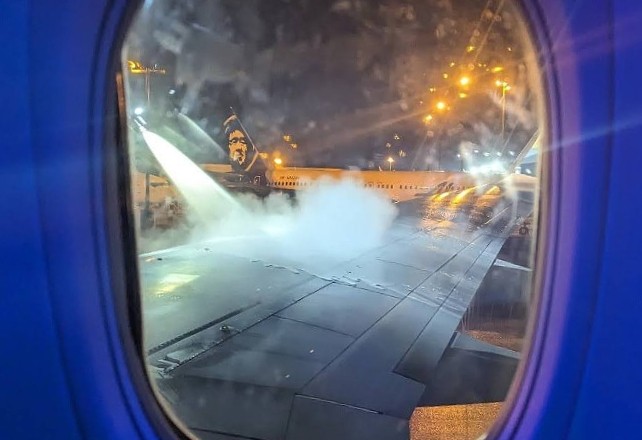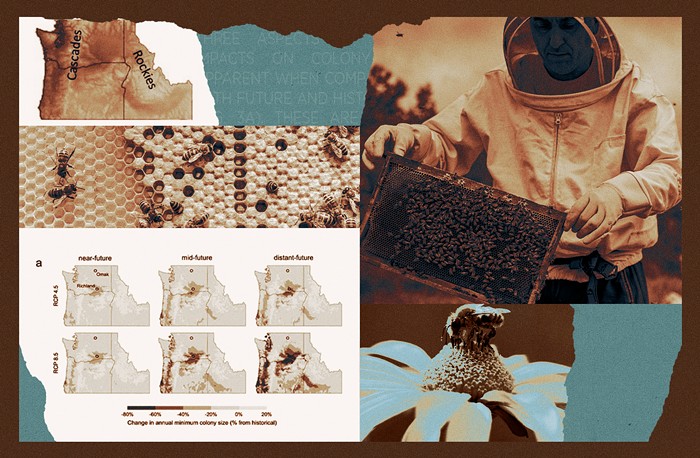
Got any fun plans for Labor Day weekend? Maybe a picnic? A hike? A little catastrophic arson?
Labor Day comes at the height of fire season for the state. Cast your mind back one year and you’ll recall that it was this weekend when massive fires consumed over a half million acres, destroying an entire town, killing a one-year-old, and blanketing Seattle in thick, choking smoke — for a time, the worst air quality in the entire world.
So this year, can we please not do that? Washington has already set a record for the most fires so far this season, burning more land than all of 2018 and 2019 combined. About 85% of wildfires are caused by humans, so let's review five ways that you can avoid becoming one of those humans yourself:
First, and sorry if this seems a little too obvious, but: Don’t start any outdoor fires. Yes, it’s very cozy to sit around a nice crackling campfire. No, it’s not safe to start one now. There’s a burn ban in place across the entire state right now, including Seattle, and the risk of fire is “high” to “extreme” across the region. If you start a fire that gets out of control, you’re on the hook for the costs to put it out.
Last year’s fires were exacerbated when high winds blew burning embers across dry land, so it only takes one small spark. And while there are no strong winds in the forecast this weekend, the lack of rain has left us unusually vulnerable.
“When you look at the number of fires we’ve had to date this year,” says Department of Natural Resources Commissioner Hilary Franz, “we don’t necessarily need hurricane force winds to cause a challenge.”
Tip number two: Don’t park vehicles on grassy areas, as the hot underbelly of a car can start a brush fire. And while we’re on the topic of vehicles, tip three is to make sure any dirt bike or ATVs in your life have operating spark arrestors. I personally don’t see a lot of dirt bikes zooming around Seattle streets, but then again I am a fussy urban homosexual and my experience is not everyone else’s, so… yeah, arrest those sparks.
Tip four: If you are fortunate enough to live in a structure, you can guard against the risk of fire by checking the perimeter for dry fuels. Remove dead plants, clean out the gutters, and if you’re working with hot metal tools, then don’t put them down on vegetation — that’s how flammable the state is right now.
If you’re in a position to do so, have tree limbs trimmed. While you’re doing that, the state’s doing the same thing on a massive scale, a process known as “fuels treatment.”
“Fuels treatment not only helps the forest reduce the fires,” says Franz, “but it also becomes a wildfire strategy.” The DNR is putting increasing importance on removing dead brush, and so they’re in the process of hiring 100 more firefighters to get that done.
And tip number five: Pay attention to burn bans. You can see a map of bans here — the entire state is covered at the moment — as well as the level of fire risk. This weekend, the risk is high, so whether you’re staying close to the city or venturing out into the wild, you’ll need to do everything you can to avoid becoming one of those assholes responsible for the thousands of fires that have burned across Washington so far this year.
The good news is that high winds have not, so far, returned. With a little care, we might just manage to dodge the worst of last year’s disaster.
“Right now we have to be cautiously optimistic,” Franz says. “Until we can’t be.”















